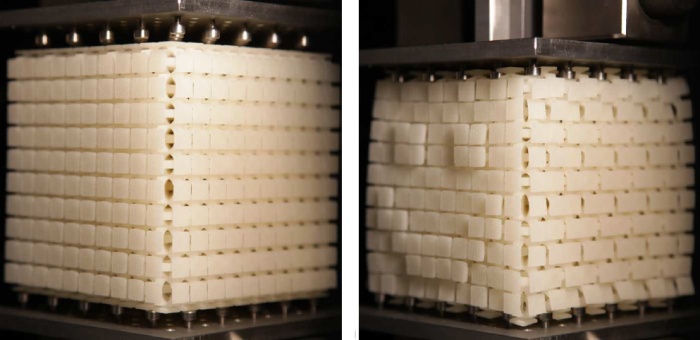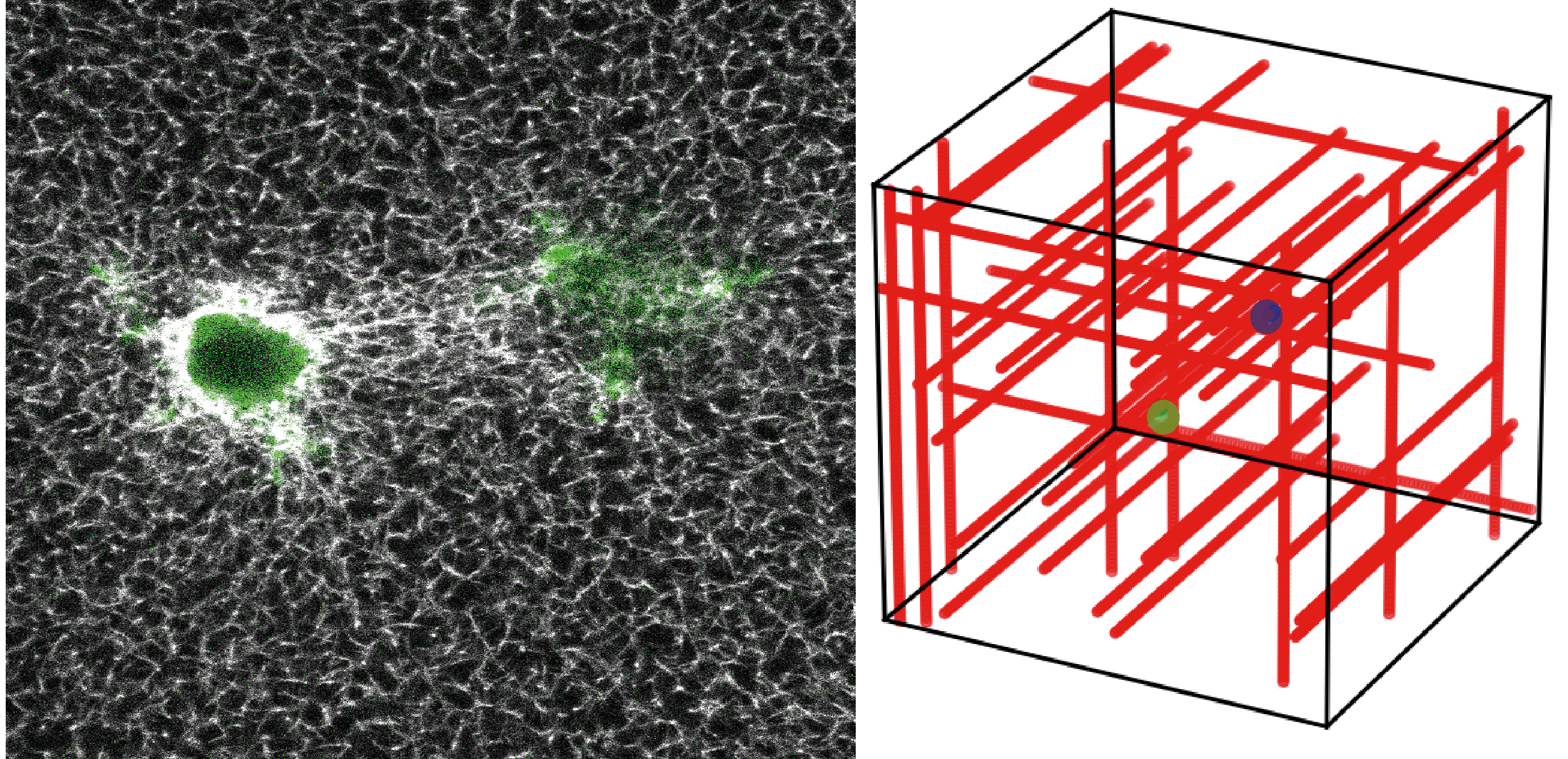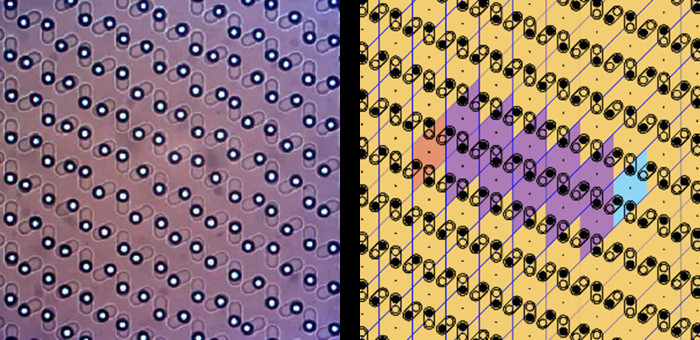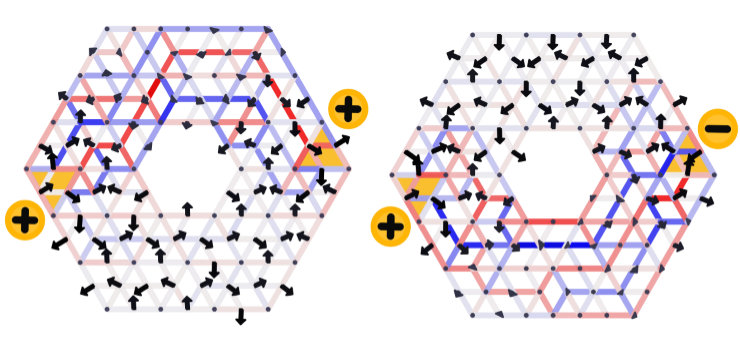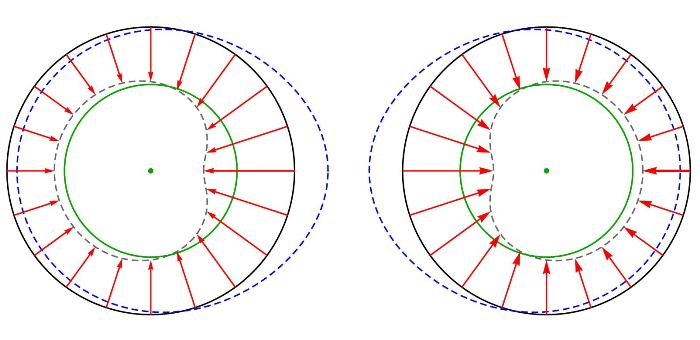Our group theoretically examines the dynamical behavior of soft materials, by using models and concepts inspired by recent developments in the statistical mechanics of systems far from thermodynamic equilibrium. Many soft systems that we encounter in everyday life such as glasses, colloidal suspensions (ink), granular media (sand), emulsions (milk), and foams (shaving cream), as well as most biological systems are very far from being in thermal equilibrium. Although these are in close contact with a thermal environment, they are either (i) strongly driven by mechanical or biological forces with a perpetual current of energy from the driving source through the system and out to the dissipative environment, or (ii) they fall into metastable glassy states and fail to equilibrate with their surroundings. The typical energy scales of fluctuations in a sheared colloid, in the membrane of a red blood cell, or in a solution with bacteria swimming in it are considerably higher than the thermal energy. More dramatically, for a pile of sand or flour, thermal energy is negligible compared to the energy required for a single grain to overcome gravity and hop over one of its neighbors.
On top of the compelling biological and industrial interests in such materials, soft matter systems are useful as mesoscopic models of molecular systems. The nano-, micro-, or mili-meter scale droplets, colloids, and grains arrange and behave similarly to atoms and molecules comprising materials found in nature. However, colloids and grains are large enough and move slowly enough such that experiments can directly visualize their dynamics at the single-particle level. The analogy between these systems thus enables us to apprehend the microscopic processes governing the macroscopic characteristics and dynamic properties of complex materials that are otherwise very poorly understood.
Our current research efforts are directed in two main directions: jammed matter and active matter. The first direction includes using lattice-based models in order to study disordered soft materials, such as powders, foams, colloids, and glasses, the dynamics of which are all extremely slow and cooperative. Part of the models we are focusing on jam and remain disordered either due to geometric frustration, namely the inability of a system to simultaneously satisfy all of its local constraints, thus making it difficult for it to reach a global optimum which minimizes the relevant free-energy. The other kind of models which we analytically and numerically study consist of kinetically constrained dynamics, in which the geometry is implemented effectively by directly defining which dynamical moves are allowed and which are forbidden, in a way that may generate jamming that is similar to that found in more complicated models.
The second research direction includes the study of fluctuations generated in biological systems due to the presence of molecular motors in them. These motors consume chemical energy and generate mechanical forces which drive the system out of thermodynamic equilibrium. Moreover, biological materials have a very nonlinear mechanical response, such that the macroscopic mechanical properties of biological systems are very different from those of passive materials. Our activity along this avenue includes the use of stochastic models for the dynamics, in conjunction with geometrical descriptions of the nonlinear, finite-deformations elasticity of biological materials.

